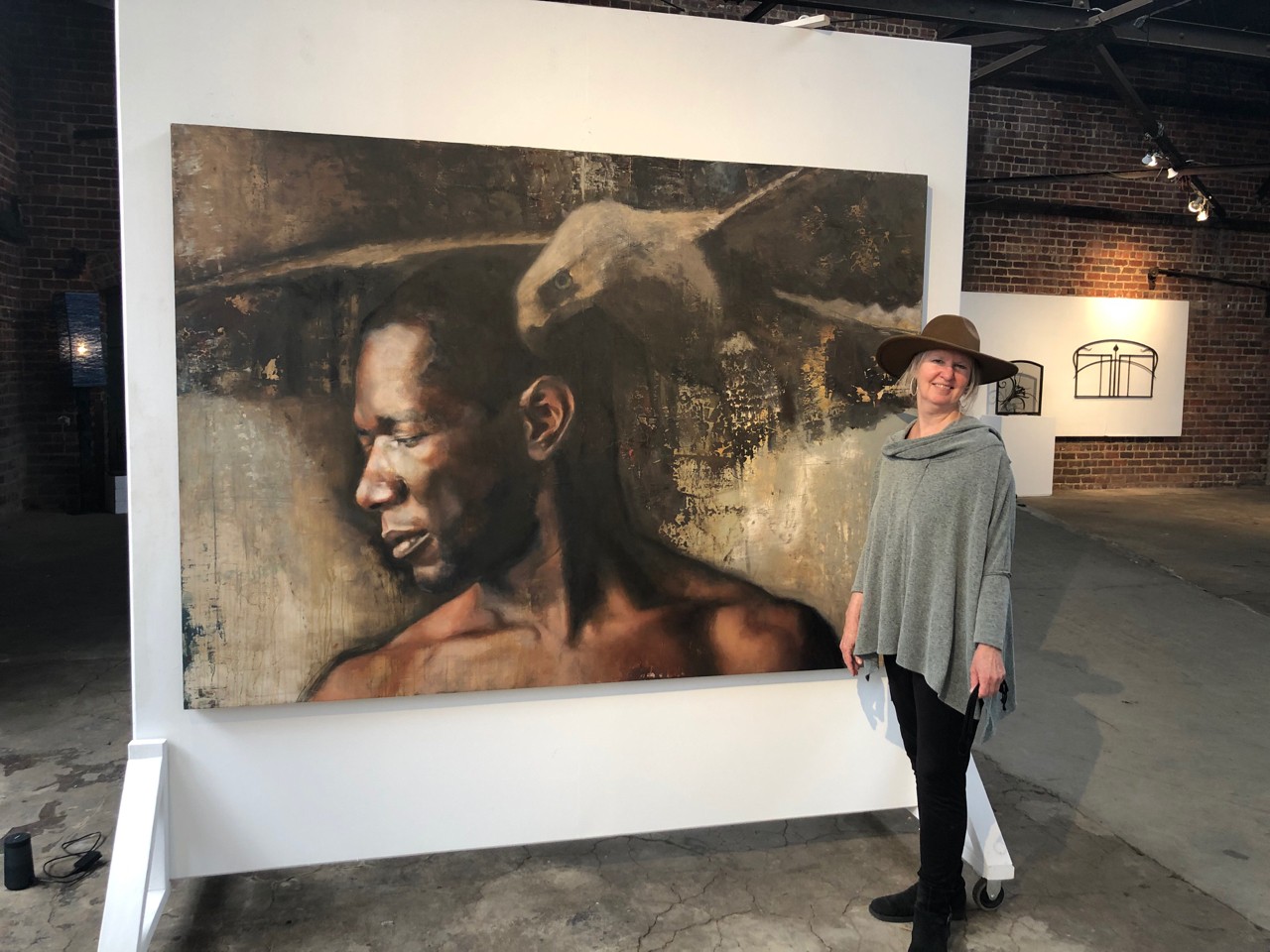We caught up with the brilliant and insightful Suzy Schultz a few weeks ago and have shared our conversation below.
Suzy, thanks for joining us, excited to have you contributing your stories and insights. Can you talk to us about how you learned to do what you do?
Growing up with an artist mother gave me a picture of what it was like to live creatively. As a child, I was drawn to the world of art fairs, art galleries, art centers. They seemed to have such a mystique, and I wanted to be a part of that when I grew up.
Although I didn’t study art formally in college, early in my career, I took classes and workshops where I learned from different artists. Attending groups that were working from a nude model have helped me to hone my drawing and painting figurative skills over the years.
Seeing art in person, through visiting galleries, museums, and the studios of other artists, inspires and challenges me to keep trying new things and move forward in honing my craft.
When I first started working as an artist, I had no other source of income, although I did have some savings from a previous job. The intimidation of the idea of not being able to pay my bills, or having to move back in with my parents, gave a lot of motivation to get into the studio and work. Putting in the hours helped to speed up the learning process.
“What skills do you think were most essential?”
Drawing and observational skills were the most essential. As a representation artist, drawing is the basis for a painting. There’s nothing worse than having to repaint an area you’ve spent time on because it wasn’t properly drawn. Learning to draw a figure quickly from doing 1- and 2-minutes gesture studies has helped tremendously. When I start a large figure piece, I employ the same method of drawing in the figure, treating it as if it were a quick figure study, and trying to get the major shapes and forms in the right place.
Paying attention to what moves you helps to direct you in what you will paint.
“What obstacles stood in the way of learning more?”
Probably my own fear. Fear of trying new things, and of failing when I tried new things. When I first started, I tried to always paint beyond my technique, because I had mastered so little technique. Now, as I’ve been painting for much longer, it is more difficult to keep doing that, and the temptation is to rest on what I know, and become complacent.

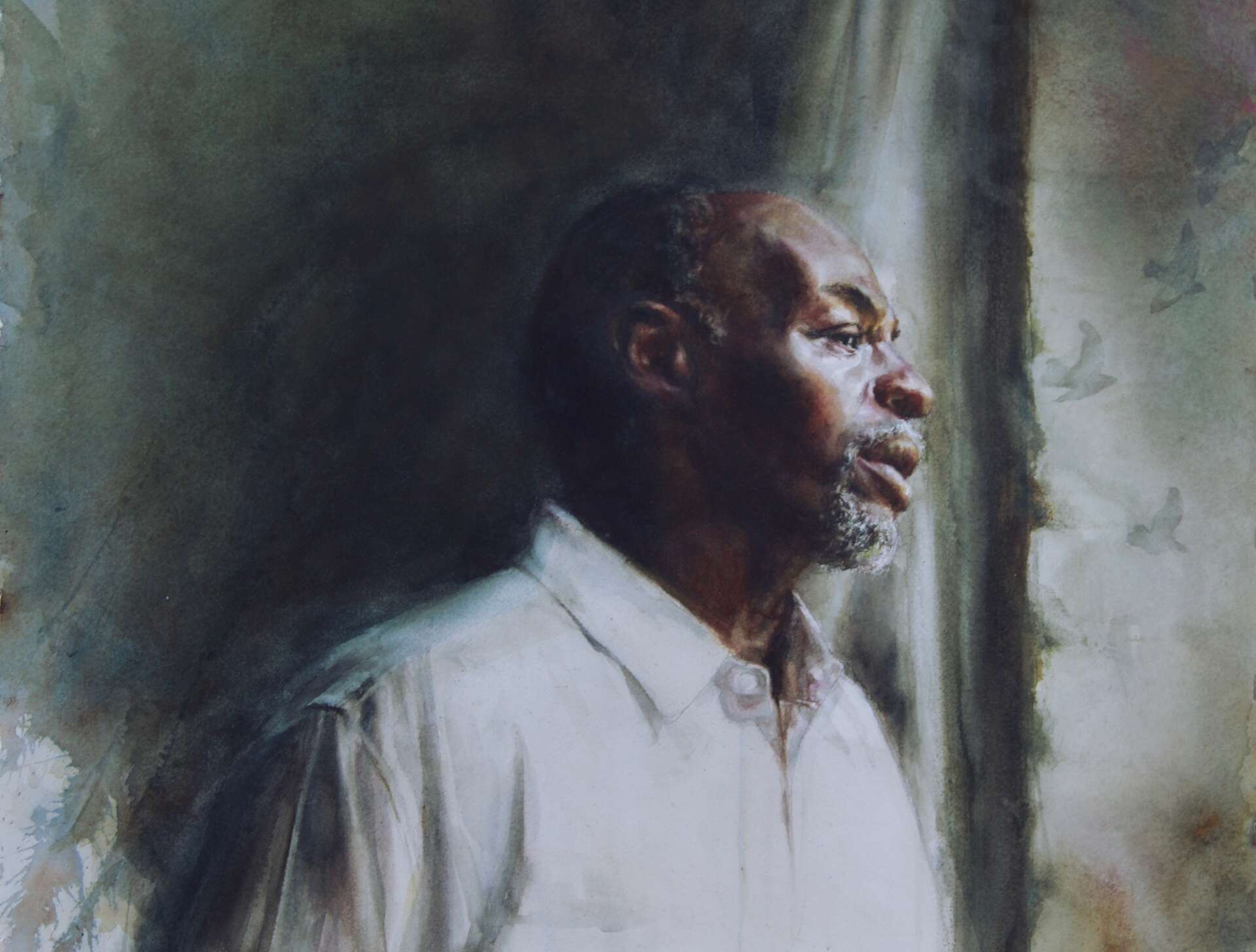


Suzy, love having you share your insights with us. Before we ask you more questions, maybe you can take a moment to introduce yourself to our readers who might have missed our earlier conversations?
I was exposed to art at an early age through my mother, who is a painter. Though I drew for most of my life, I was intimidated by painting, and was hesitant to start. After teaching high school math for a few years, and a year-long stint overseas in Poland, I ended up working for a missions agency. My boss there invested in me as an artist, and, after I had been there for 6 years, he pushed me out of the nest, so to speak, insisting that it was time for me to do artwork full time. That was back in 1995, and I found studio space, and started trying to venues that could sell the work I felt led to do.
The work I do is representational work, largely figurative, which means that there is a person in the painting. I am drawn to subjects that have gone through the fire – whether through hardships, doubts, failures, or just the weathering of life – and have emerged refined with beauty, dignity or resilience.
My models are members of my community, my neighbors and my friends. I paint them because they give me hope that those fires of life could produce beauty, strength and dignity in myself. Through my work I attempt to show that transformation is possible, not only in my Atlanta neighborhood, but in the community at large.
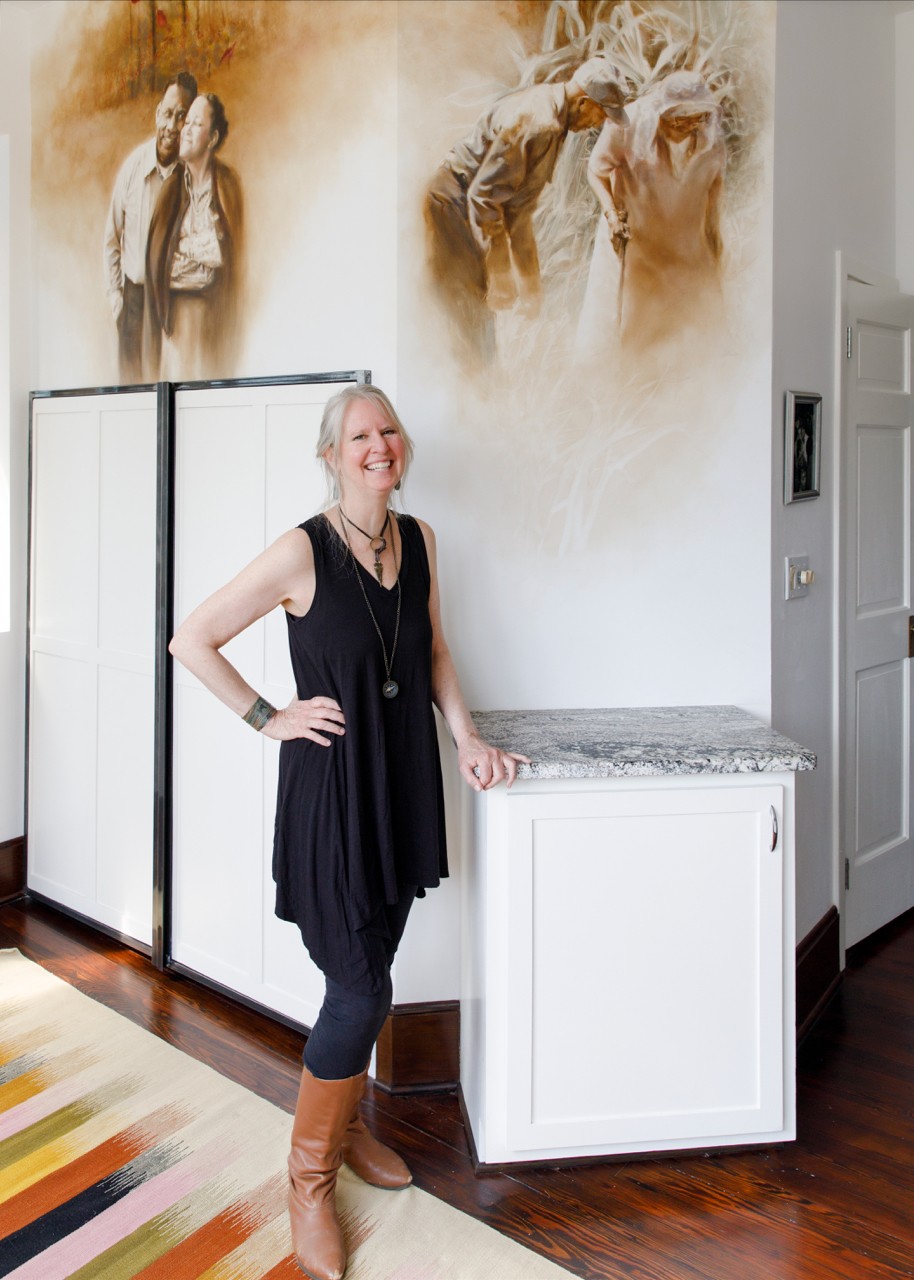
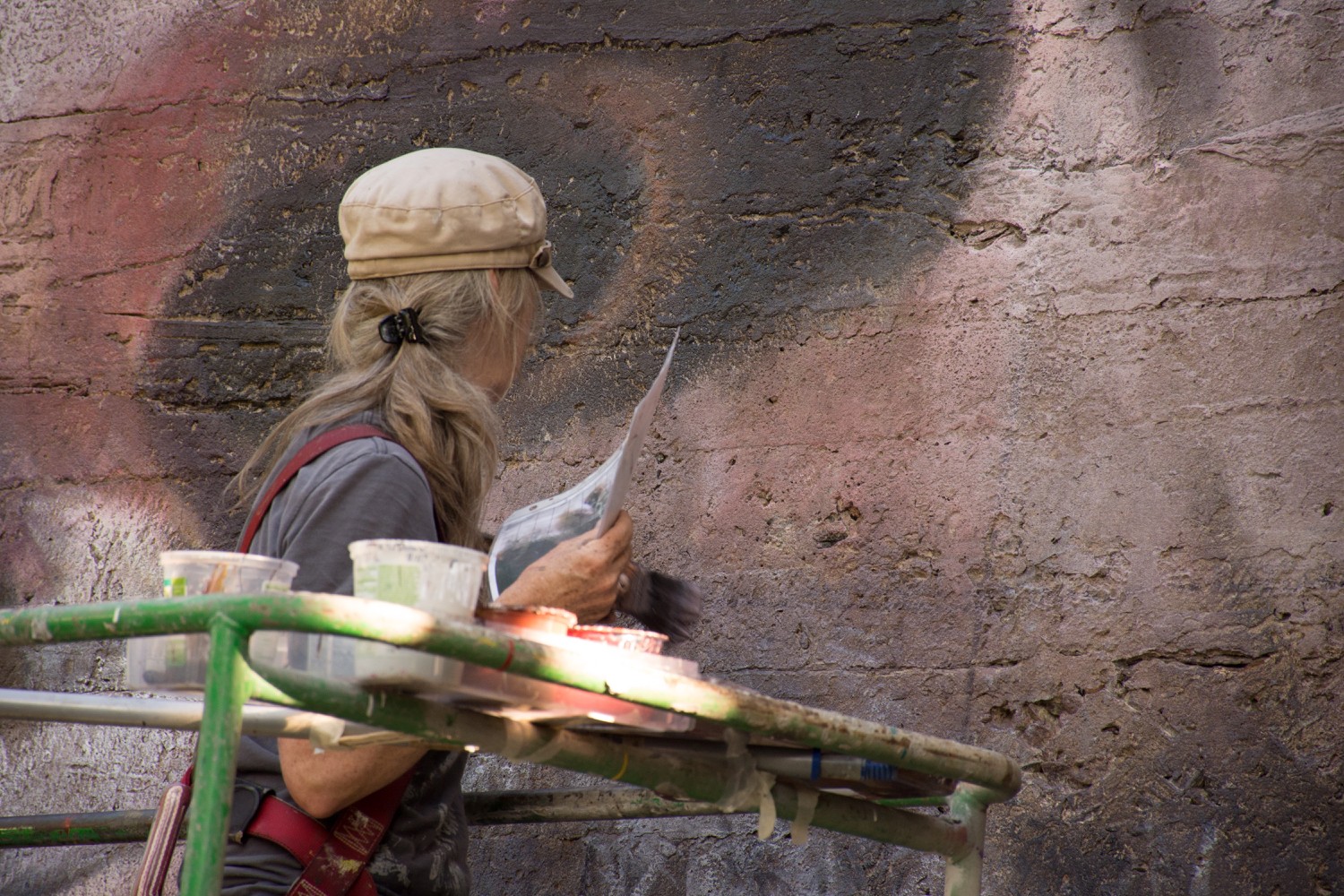
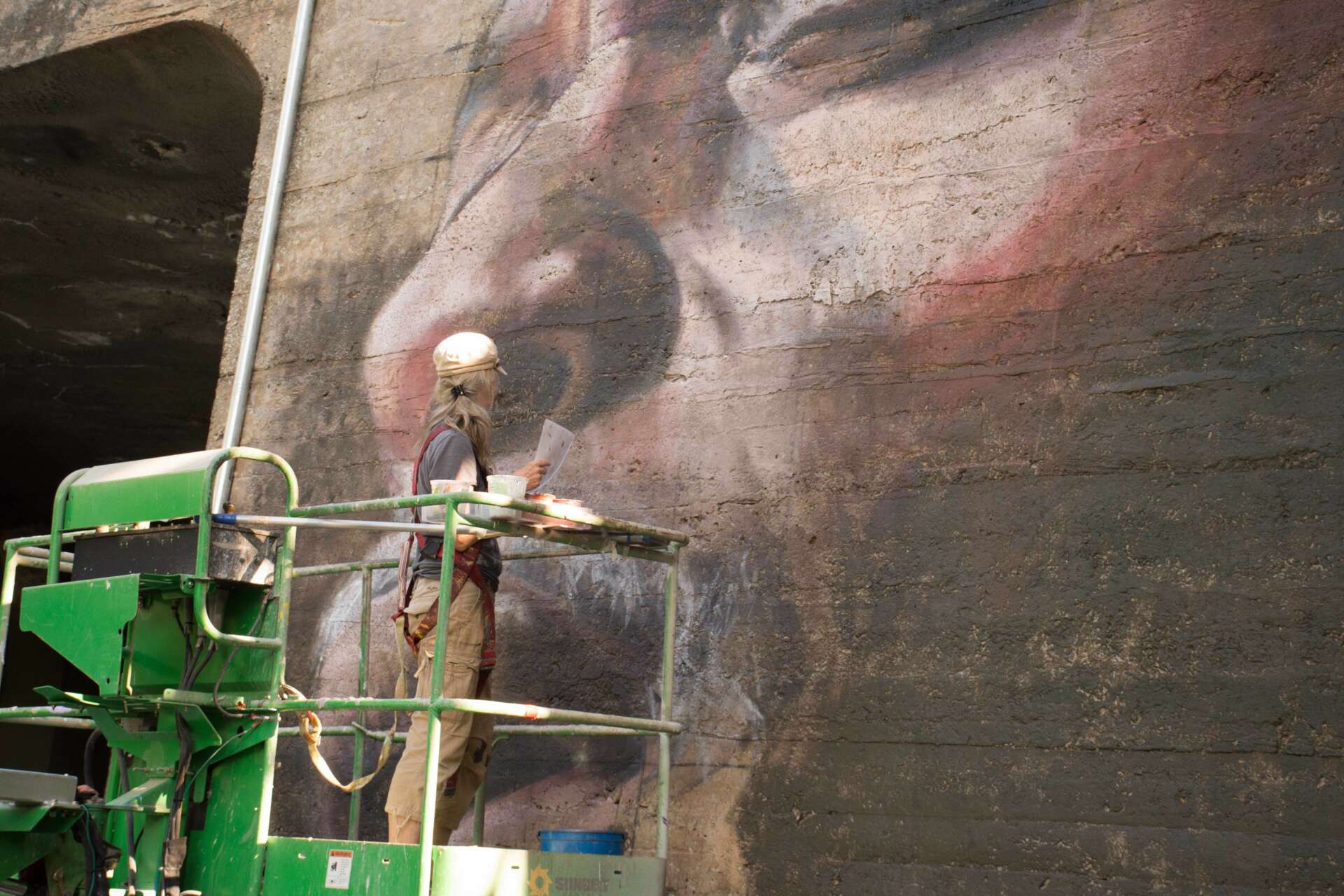
Is there a mission driving your creative journey?
Years ago I heard the term “second innocence” mentioned in an article, and it made its way into what became my artist statement:
There is a first innocence – a beauty that is young, unmarred, untested.
There is a second innocence – one in which the beauty is a result of the scars borne from the battles of life. I am interested in this second innocence.
I work the surface. I sand, layer, and scar, wanting to reproduce a piece that has a patina of age, and it is out of these surfaces that figures emerge. I seek figures, faces that seem to be familiar with the tensions of life. That bear some battle scars. And yet, have victory, even if a crippled or limping one.
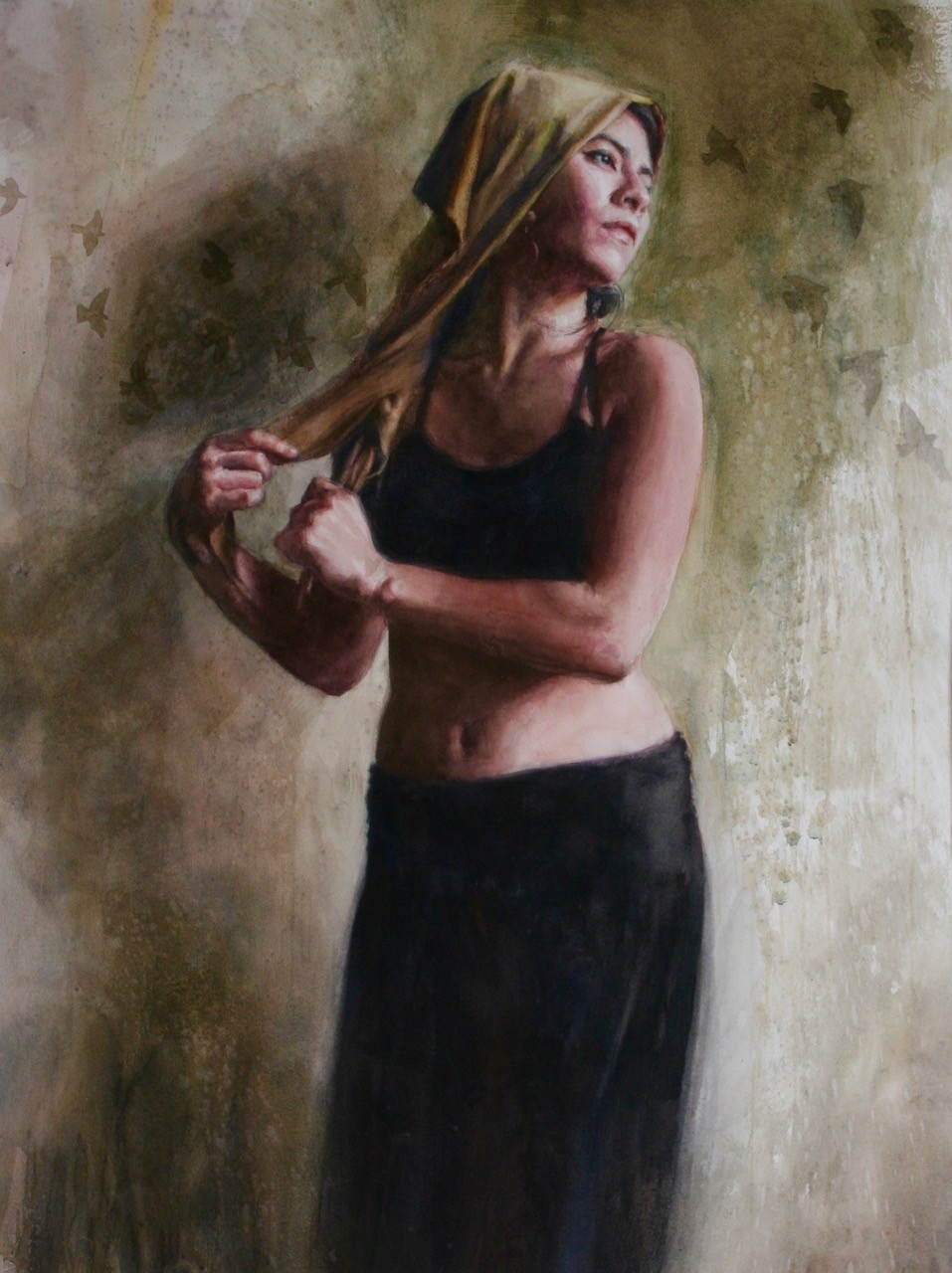
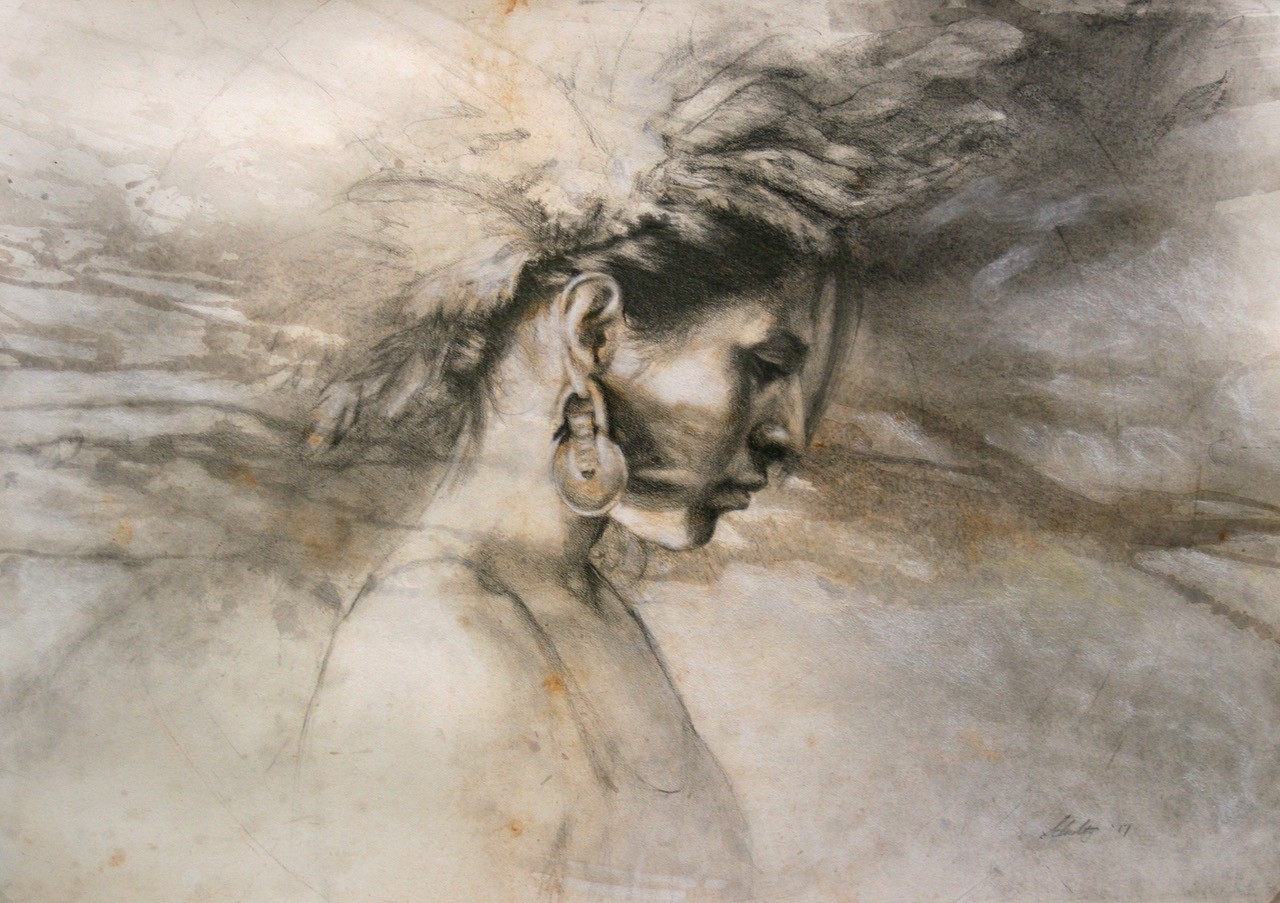
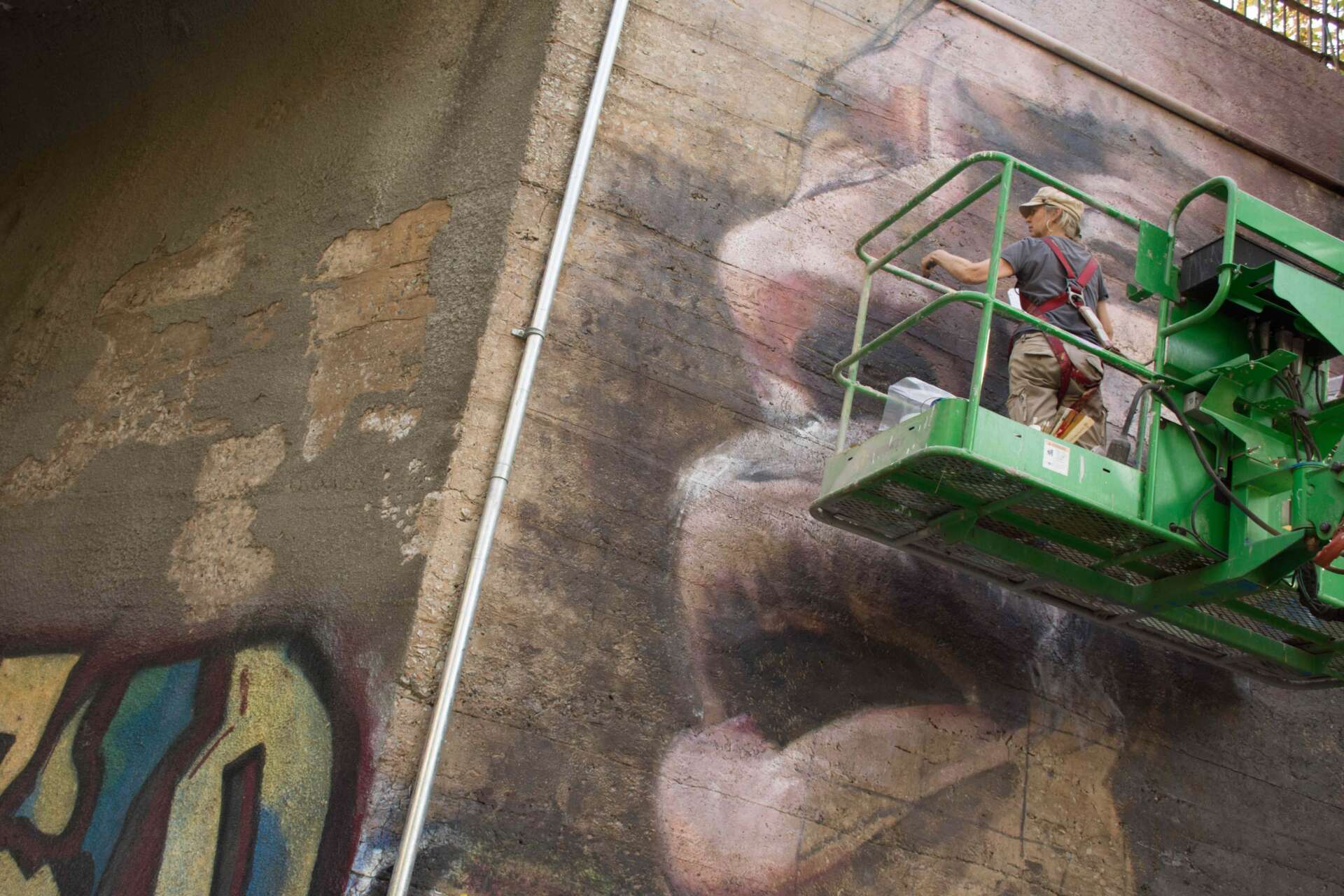

We’d love to hear a story of resilience from your journey.
For years, part of my income came from doing illustration for magazines and book covers. Many magazines who had commissioned my work went out of print, and I realized I needed to find another venue to replace that part of my income.
A few years ago, I spent some time in St. Petersburg, FL, renting a studio in a large warehouse space used by a number of street and mural artists. It was there that I was inspired to paint large. I wondered if I could bring the quality of work that was done in the studio out onto the street.
I was given a wall in the warehouse, and allowed to paint my first mural. After returning to Atlanta, I was able to do 2 more commissioned murals, and am exploring being able to do more murals as part of my art practice.
Contact Info:
- Website: www.suzyschultz.net
- Instagram: @suzyschultz11
- Linkedin: https://www.linkedin.com/in/suzy-schultz-466ba91/
Image Credits
Bobbi Jo Brooks, Ben Rollins, Susanne Swing Slack, Lauren Chambers
Suggest a Story: CanvasRebel is built on recommendations from the community; it’s how we uncover hidden gems, so if you or someone you know deserves recognition please let us know here.


